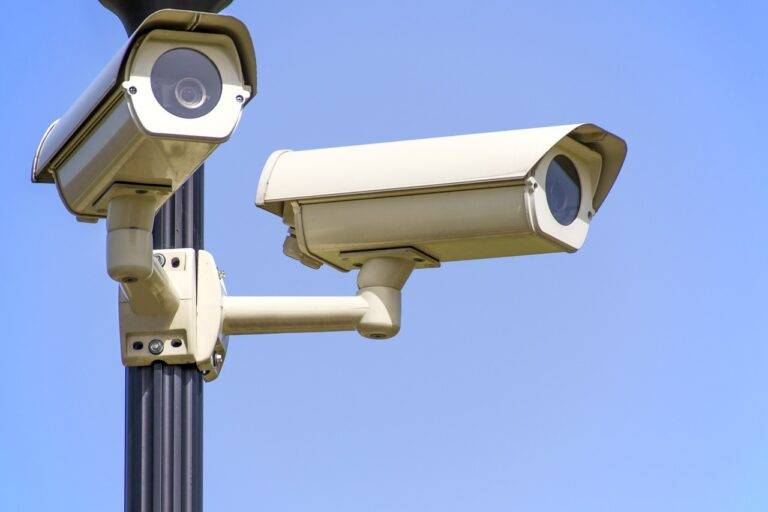The Role of Tech in Wildlife Disease Prevention
Advancements in disease surveillance technologies have revolutionized our ability to monitor and track wildlife health. From the use of drones for aerial surveillance to the implementation of camera traps for remote monitoring, these technologies offer new insights into the dynamics of disease spread within wildlife populations.
Furthermore, the integration of GPS tracking devices and bioacoustic sensors has allowed researchers to gather real-time data on animal movements and behavioral patterns, aiding in the early detection and response to potential disease outbreaks. As these technologies continue to evolve, our capacity to effectively manage and mitigate wildlife diseases is significantly enhanced.
Remote Sensing Applications in Wildlife Disease Monitoring
Wildlife disease monitoring has significantly benefited from the integration of remote sensing technologies. Remote sensing allows for the collection of important data on wildlife populations and their habitats from a distance, minimizing the need for direct contact with potentially diseased animals. By utilizing satellite imagery and drones, researchers can track changes in vegetation patterns, water quality, and animal behavior, which are essential indicators of potential disease outbreaks in wildlife populations. This non-invasive approach not only improves accuracy in disease surveillance but also helps in the early detection and containment of outbreaks.
The application of remote sensing in wildlife disease monitoring offers a cost-effective and efficient way to survey vast and often inaccessible natural areas. With the ability to cover large geographic regions rapidly, remote sensing technologies enable researchers to monitor wildlife populations in real-time and respond swiftly to emerging health threats. Furthermore, the high-resolution imagery provided by these tools allows for the identification of disease hotspots and the mapping of potential transmission pathways, aiding in the development of targeted intervention strategies to mitigate the spread of diseases among wildlife species.
What are some emerging technologies used for disease surveillance in wildlife?
Some emerging technologies used for disease surveillance in wildlife include remote sensing, GPS tracking, and advanced imaging techniques.
How can remote sensing be applied in wildlife disease monitoring?
Remote sensing can be used to monitor changes in vegetation, analyze water quality, and track animal movements, which can all help in understanding and monitoring wildlife diseases.
What are the benefits of using remote sensing in wildlife disease monitoring?
The benefits of using remote sensing in wildlife disease monitoring include the ability to cover large areas, collect data in real-time, and monitor wildlife populations without disturbing them.
How can remote sensing help in early detection of wildlife diseases?
Remote sensing can help in early detection of wildlife diseases by identifying changes in vegetation patterns, water sources, and animal behavior that may indicate the presence of a disease outbreak.
Are there any limitations to using remote sensing in wildlife disease monitoring?
Some limitations of using remote sensing in wildlife disease monitoring include the need for specialized equipment, limited resolution in some remote sensing techniques, and challenges in interpreting remote sensing data accurately.





